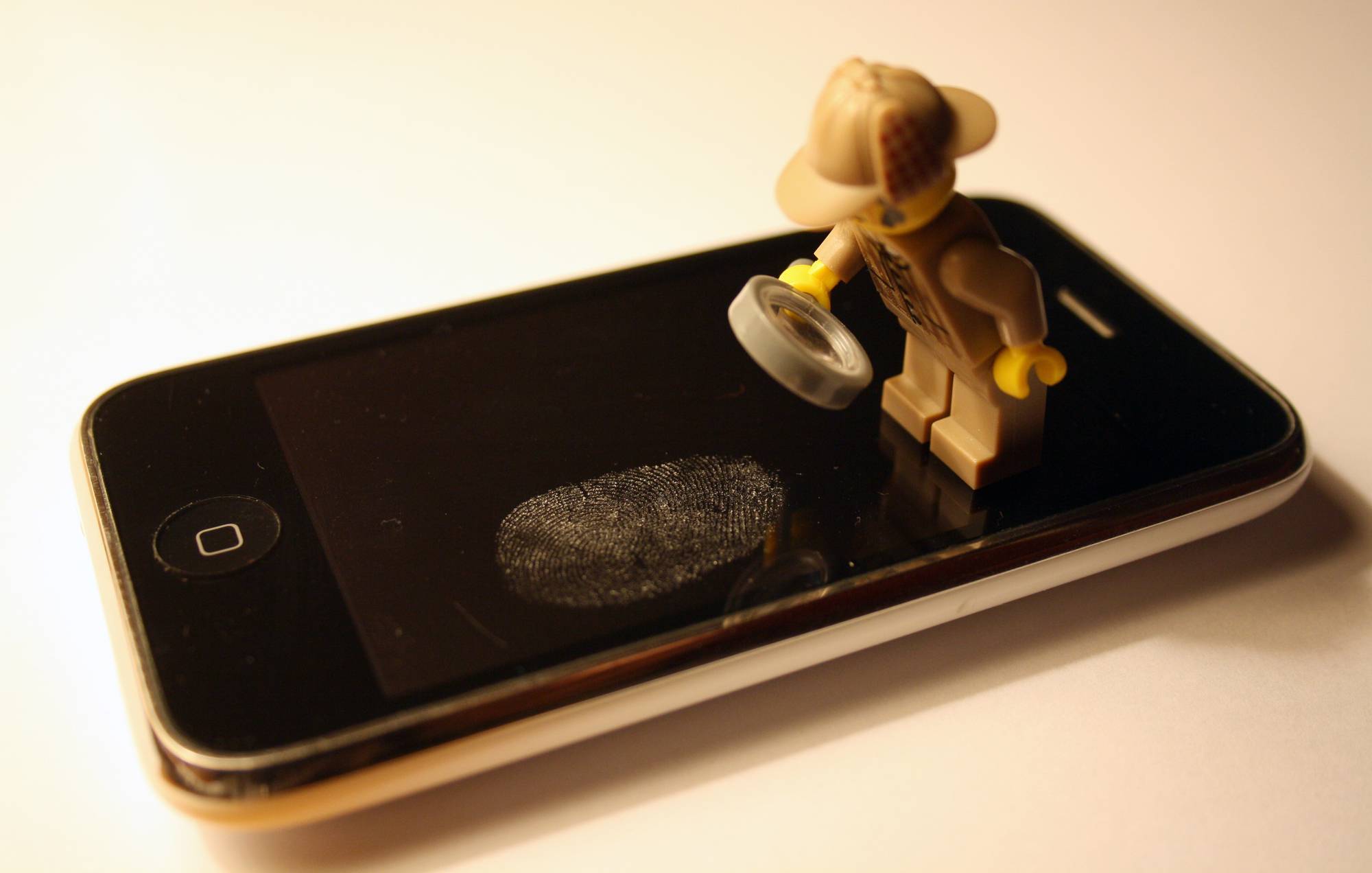In this instalment of our series on productive workspaces, we’re going to focus on your iOS devices. Yesterday we looked at setting your Mac up for focused work.
I currently operate with two iOS devices, my iPhone and my iPad.
What do you NEED them for?
The first thing to decide with your devices is what do you really need them for.
Case in point, I don’t need my iPad as a messaging device, that’s the job of my phone. That means I don’t turn on iMessage on my iPad.
I also don’t need my iPad as a device to interact with social media, so I don’t install the applications on it.
What do you actually need your device for? Not what are you using it for, but what do you need it for?
My iPad
As I said, my iPad is primarily a writing device. I’m using it to write this and just finished my MacOS post on setting up for focus.
The main applications I use on my iPad are:
Some applications I use semi-regularly are:
Since my iPad is a writing tool, I don’t need iMessage setup on it. I also don’t need games or social networking tools. Nor do I need my work email.
I’ve removed even the possibility of distraction in these ways. I don’t have to make the decision about not checking Twitter because it’s not installed.
My iPhone
The first thing to do with your phone is to put it in Do Not Disturb Mode. Not just after 9 pm, but all the time.
Your phone is a tool for you to get more work done. Is it really a tool for anyone to randomly get in touch with you whenever they think it’s important?
Secondly, turn off all the notifications for all applications except maybe iMessage. You won’t be getting them anyway since it’s in DND mode.
Now, setup the few people that really need to get in touch with you as VIP’s. For me, that’s my wife and the babysitter. Even with them set as VIP’s they won’t notify me with a text message. My wife knows this and if there is some real emergency she will call me.
If I’m out working at Starbucks and she needs me to get milk, it doesn’t matter if I see the message now or in an hour. I’ll get milk on the way home.
One of the final big ways to stop your phone from wasting your time is to not have it near you unless you need it. When I’m at home, I don’t need my phone because my family is downstairs. If there is something I need to deal with they’ll call up to me.
If they leave the house my phone goes outside my office in a little nook. If there is a call my Fitbit will let me know and I can go get it. Text messages won’t notify me and they’re not important at the moment anyway.
As with many of the tips in these posts on focus, the main goal is to be intentional with your environment and tailor it for focus. Don’t let things creep in where they don’t belong.
Choose the tasks you need to perform with your device and make sure that it can only perform those tasks.
photo credit: isherwoodchris cc
